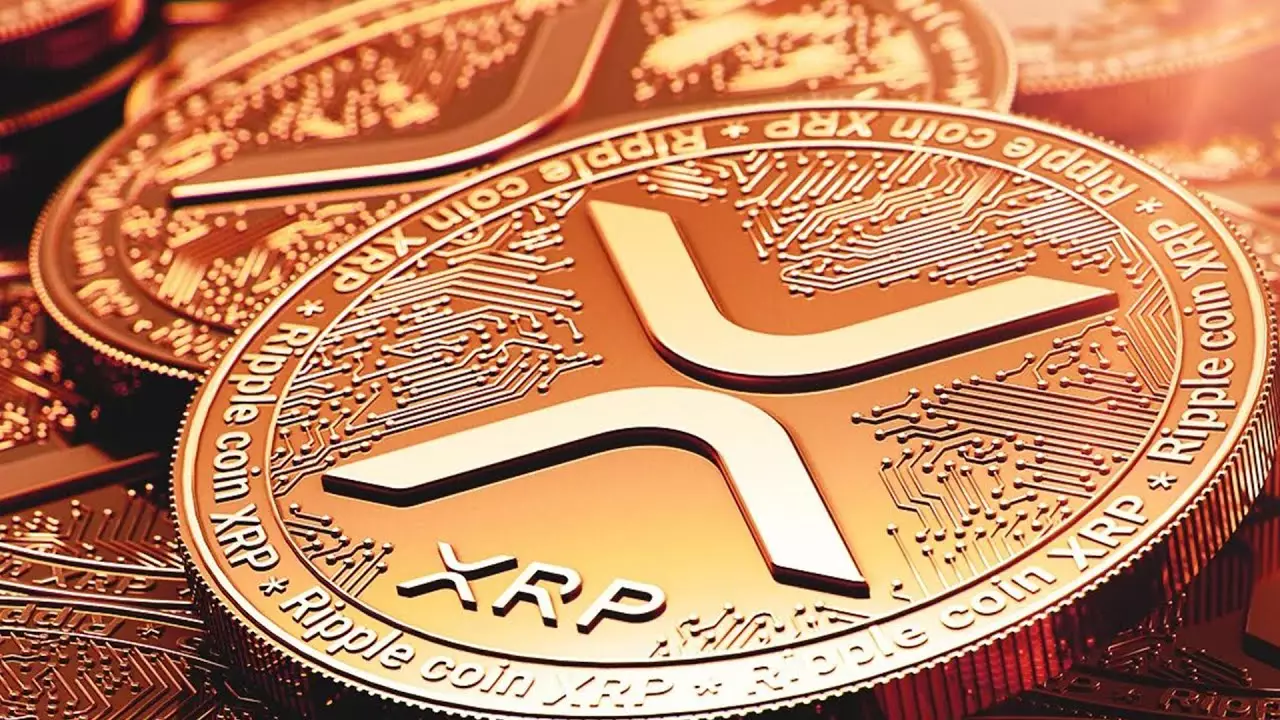Cryptocurrencies have always been subject to intense scrutiny in terms of their initial distribution, and XRP is no exception. The XRP token has recently come under fire, with community members questioning the events that took place during its Genesis. Ripple CTO David Schwartz, in response to these concerns, has sought to address the issue. In this article, we delve into the controversy surrounding the distribution of XRP and shed light on the truth behind Genesis.
One aspect of the XRP Ledger that has attracted criticism is its unusual genesis block. Unlike most blockchains that start at block #1, the XRP Ledger commences at block #32,569. This unconventional approach has fuelled discussions and debates regarding the legitimacy of XRP’s genesis. In defense of this decision, Schwartz emphasizes that the choice of the genesis block is arbitrary. He draws a comparison to the Ethereum blockchain, pointing out that even the second-largest cryptocurrency had its fair share of hiccups at the beginning, with transactions that did not appear on the blockchain.
Questions regarding the inclusion of transactions in the genesis block prompted further inquiry. Schwartz clarified that there were no transactions included in the XRP Ledger’s genesis block. In fact, out of the 32,570 missing ledgers, only 534 transactions were present. Consequently, these transactions are assumed to be lost with the initial blocks. This revelation deepens the mystery surrounding the XRP Ledger’s genesis and raises additional concerns about data integrity.
Understanding the distribution of the initial XRP supply provides valuable insights into the current state of affairs. At the genesis, the founders received 20% of the total supply, with Jed McCaleb and Chris Larsen each receiving 9%. Arthur Britto, the third founder, obtained 2%, completing the founders’ allocation. The majority of the supply was allocated to the company now known as Ripple, with 99.99% held in the company’s wallets. The remaining 0.013% was distributed to beta testers and developers on the blockchain. This distribution model sheds light on why Ripple holds such a significant portion of the XRP supply.
Ripple, as the custodian of a substantial amount of XRP, plays a vital role in the coin’s ecosystem. The company currently releases one billion coins from escrow every month, reserving 200 million tokens for operational costs and returning 800 million to escrow. This controlled release of tokens aims to maintain stability and mitigate market volatility. However, critics argue that Ripple’s influence over the supply raises questions about decentralization and the long-term sustainability of XRP.
The distribution of cryptocurrencies, particularly during their genesis, sparks controversy and speculation. XRP’s distribution has faced intense scrutiny, prompting Ripple CTO David Schwartz to address concerns. While some questions remain unanswered, Schwartz’s explanations shed light on the genesis block, missing transactions, and the initial supply distribution. The ongoing evolution of XRP and Ripple’s role in its ecosystem will undoubtedly continue to shape the narrative and determine the future trajectory of the controversial digital asset. As with any investment, conducting thorough research and exercising caution is essential in navigating the dynamic world of cryptocurrencies.


Leave a Reply